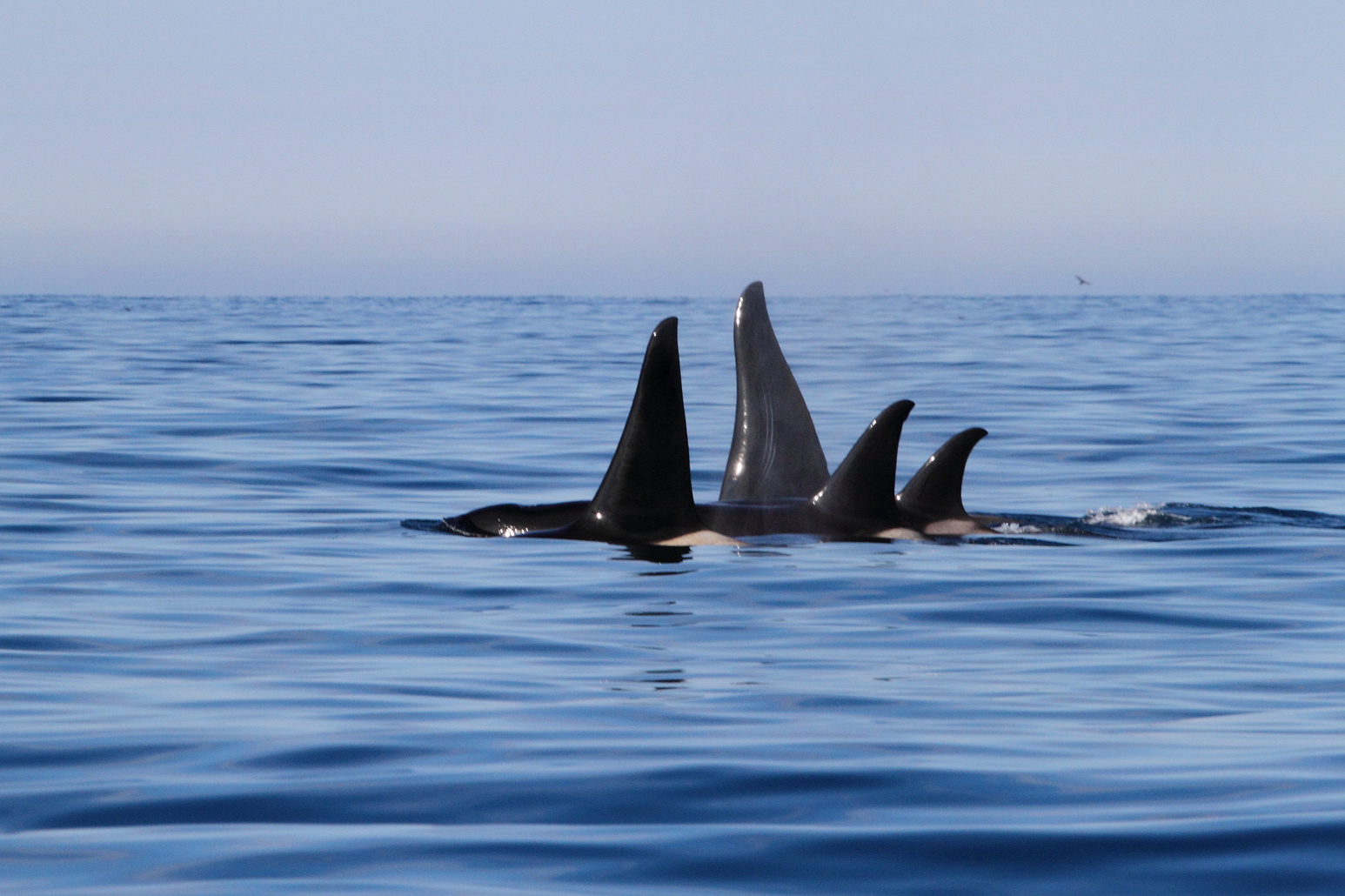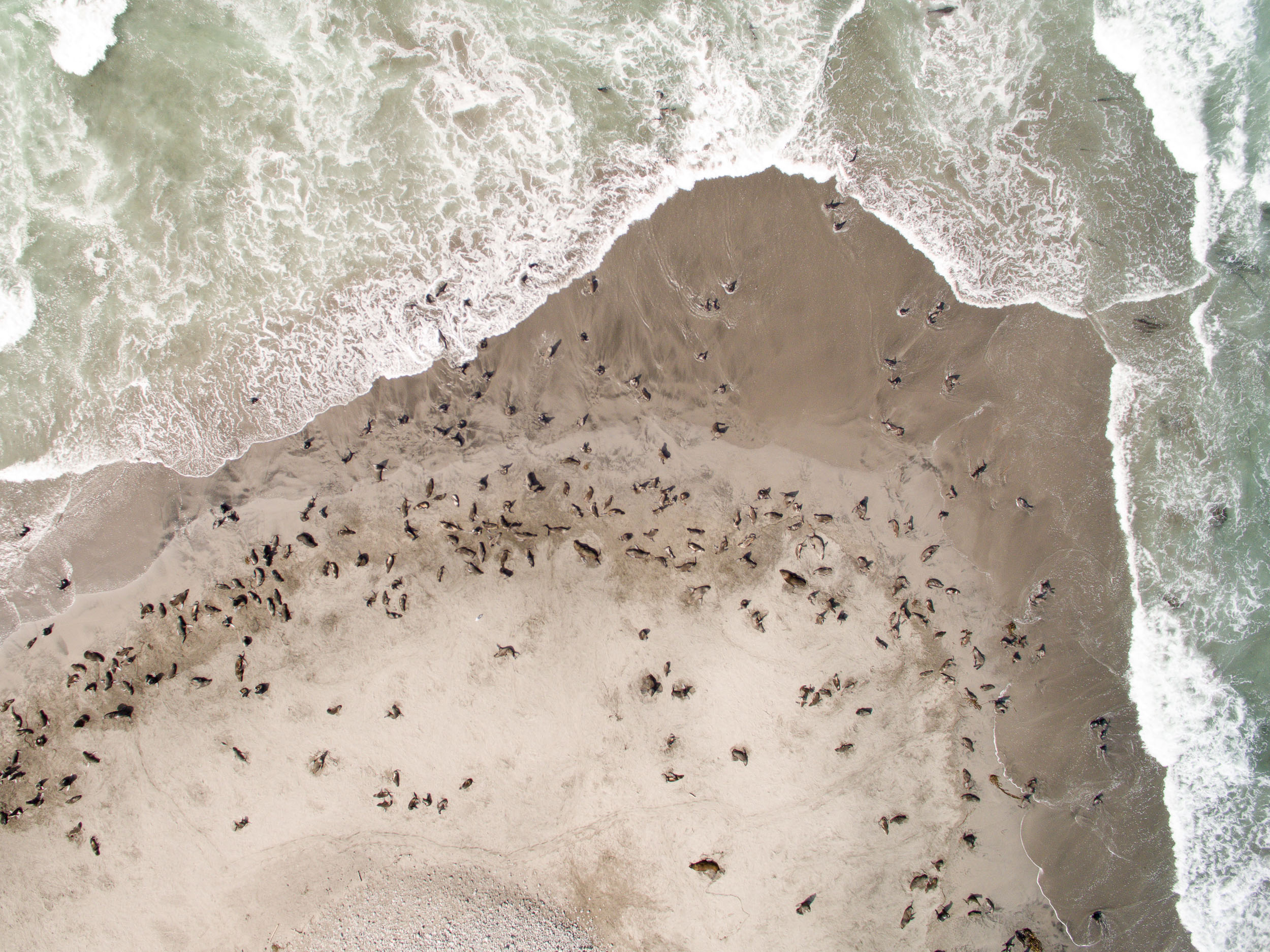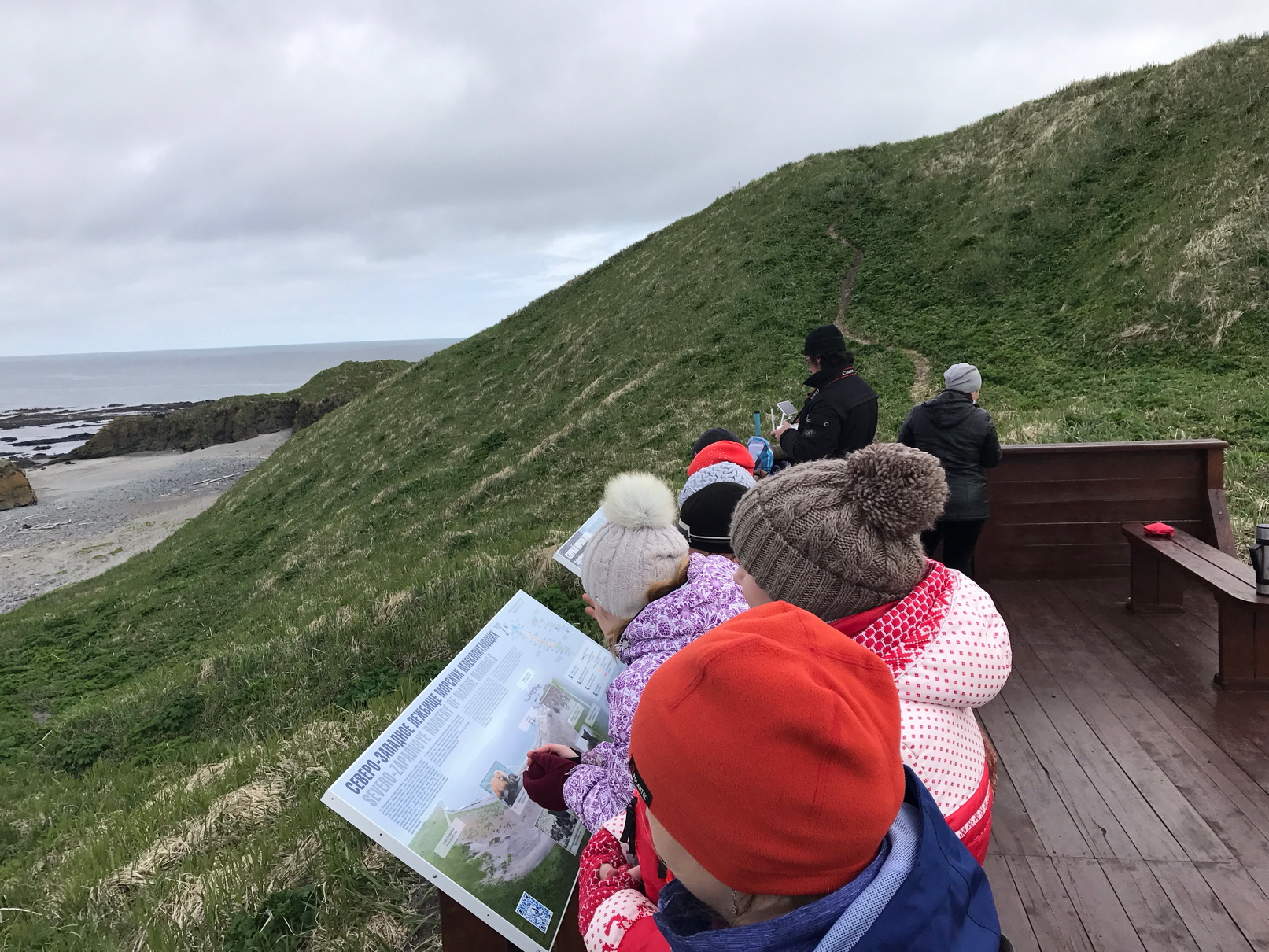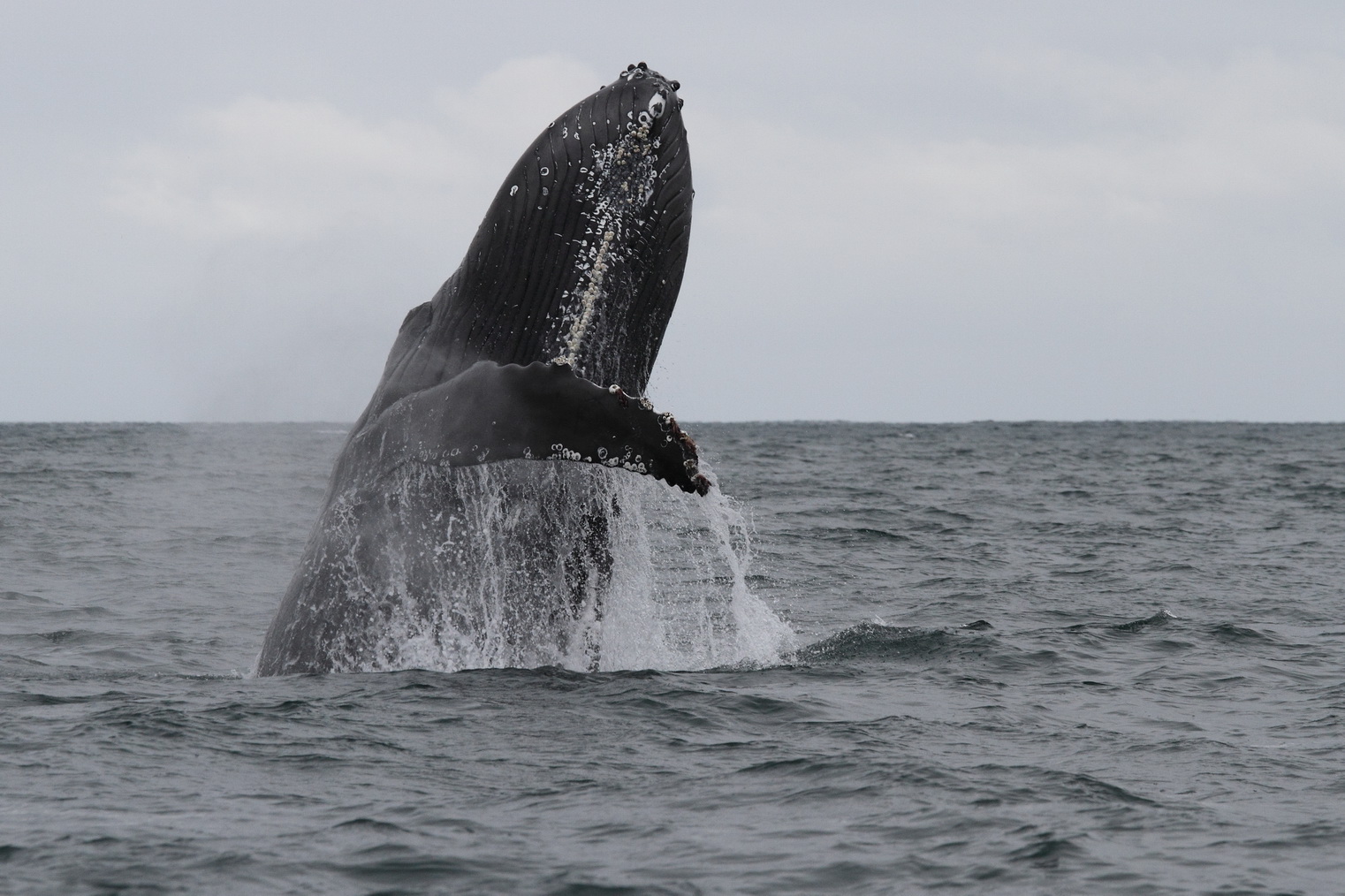Today, on June 8, 2017 it is the 8th time, that the world and the biggest marine nature reserve of Russia celebrate World Oceans Day. This holiday was established during the UN General Assembly session on February 12, 2009 to attract attention to pollution of the world oceans, which are critically important for all ecosystems of the planet and for all life on Earth, including mankind.
The Commander Islands Nature and Biosphere Reserve is situated in a unique part of our planet and fascinating region – the North Pacific. We are connected to the ocean in many ways, so let us tell you about it.
The main treasure of our reserve are the marine mammals – sea lions, northern fur seals, sea otters, harbor seals, spotted seals, orca whales, humpback whales, sperm whales, North Pacific right whale, Baird’s whale and Minke whale. The researchers of the Commander Islands Reserve count these animals regularly on the rookeries, from the coast and in the open sea. Today we work on a catalog of humpback whales seen in the water area of the islands in the period from 2005 to 2017. To identify the individuals the researchers use photos of whales’ flukes.

A group of orcas in the open sea. Photo by Evgeny Mamaev
In 2016 the Commander Islands Reserve used a UAV – a drone – to monitor and count seals on the rookeries of Bering Island. Though we cannot use this method permanently, because of its technical peculiarities, we believe UAVs to become one of the most promising trends in this sphere, as it doesn’t cause any stress to the animals.

Northern fur seals on Severo-Zapadnoye rookery washed by the waves. Photo by Ivan Rybakov
Seabirds are not any less important in the scientific life of the reserve. Some of them nest on the islands, some stay here during migrations. It is easy to find here tufted puffins, red-faced and pelagic cormorants, guillemots, glaucous-winged seagulls, short-tailed and Laysan albatrosses.
The avifauna of the islands is particular because of large quantities of seabirds colonies and big number of nesting seabirds – species and individuals. That is why one of the most important goals is to analyze the colonies along the archipelago. Due to big distance and inaccessibility of some of the colonies, the scientists use colonies on Toporkov and Ary Kamen Islands as models. Here we count the birds several times during a year.
Cormorants on the rocks. Photo by Evgeny Mamaev
Moreover, in 2016 for the first time in many years we resumed our research projects of marine invertebrates. The main tasks faced by the Scientific Department of the reserve are to update and to complete the list of marine invertebrates, as well as the examination of the tidal zone of Bering Island. These projects are tightly interconnected with another aspect of our work – to research and minimize the harmful effects of human activity for the coastal areas and the ocean. Some species of marine invertebrates can serve as indicators of pollution. Changes in their population numbers, size or gender proportions give us a chance to find the polluted areas and even to uncover the source of this pollution.

Actinia. Photo by Andrey Narchyuk
Apart from the scientific activity, the Commander Islands Reserve organizes educational and environmental tourism on the islands. It is very important for us to show the pristine nature for people, to give them a chance to contact with its beauty and not to cause any damage. That is why we provide excursions on the territory and in the water area, accompanied by professionals – rangers and scientists, who will tell you a lot about life of the islands and its inhabitants.
For everybody to take a rest in comfort and to watch the animals without disturbing them, in spring 2017 we developed our observation points on Severo-Zapanoye rookery on Bering Island. We renewed the observation points and installed beautiful and educational information boards with more data on animals of the rookery.

Children from Nikolskoye village examine the information boards on Severo-Zapadnoye rookery. Photo by Evgeny Mamaev
Unfortunately, the purpose of nature reserves and protected water areas is not obvious for everyone. Even today some ships enter the protected water area of the Commander Islands without coordinating their route with the reserve, so we are forced, according to our legislation, to take administrative measures to influence the intruders. The Commander Islands Reserve uses a satellite system, which permits to track vehicles in the protected area in real time. If this vehicle has no authorization, the reserve has the right to impose a fine on the owner of the vehicle.
Despite of all the troubles, that the nature reserves of the world face, we are sure, that the majority of people love and appreciate our nature. Today is World Oceans Day and we wish you to live in harmony with pristine nature, as we are all a part of it.
*Our Oceans, Our Future is a slogan of World Ocean Day in 2017. For details visit the official site of the event.










